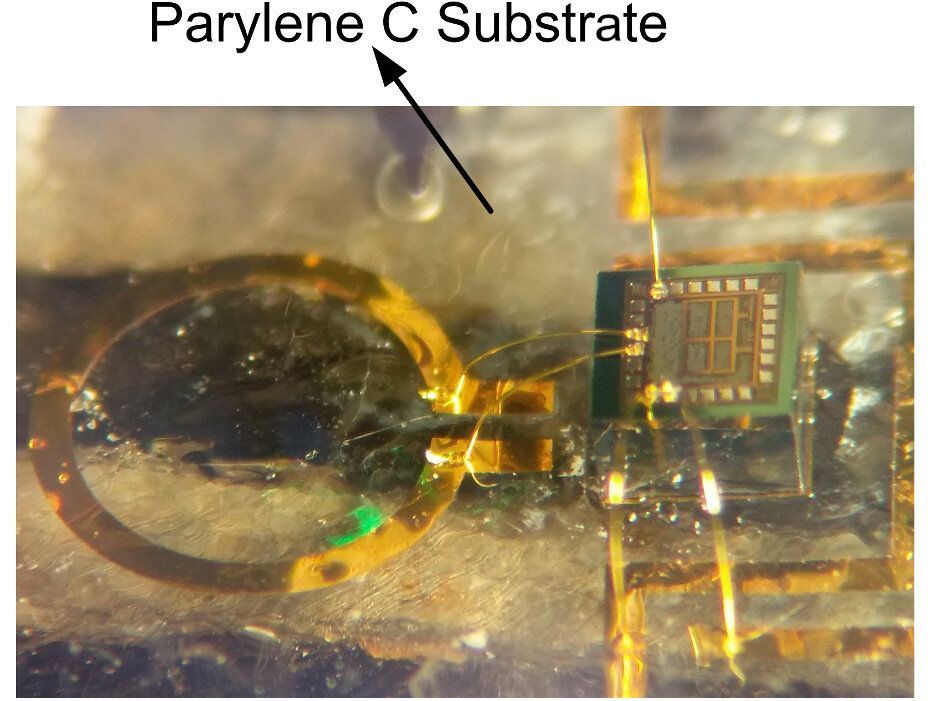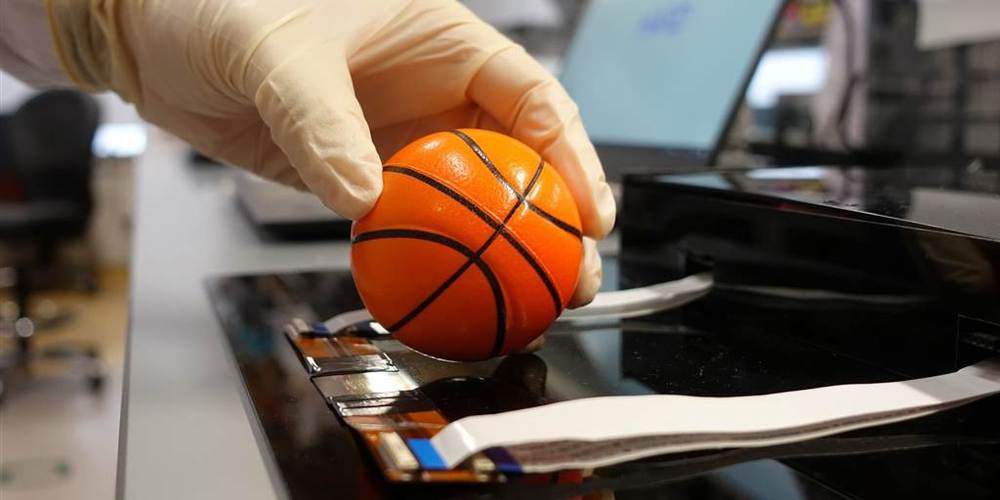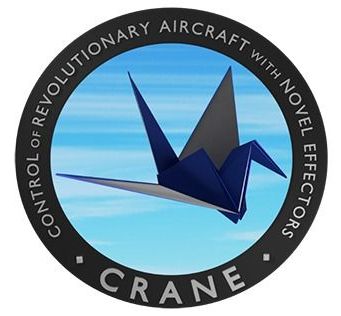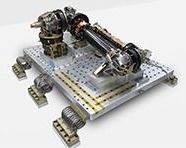Aug 4, 2020
Avalon GloboCare successfully completes Phase I first-in-human clinical study of its leading Chimeric Antigen Receptor (CAR) T-cell therapy candidate
Posted by Quinn Sena in category: biotech/medical
READ: Avalon GloboCare forges partnership with Austrian university to develop coronavirus vaccine
It noted that treatment with AVA-001 was generally well tolerated with minimal toxicities and adverse side effects. No neurotoxicity or greater than Grade-1 cytokine release syndrome was observed in this cohort of patients treated with AVA-001. All patients who achieved CR successfully proceeded to allogeneic bone marrow transplant with curative intent.

















